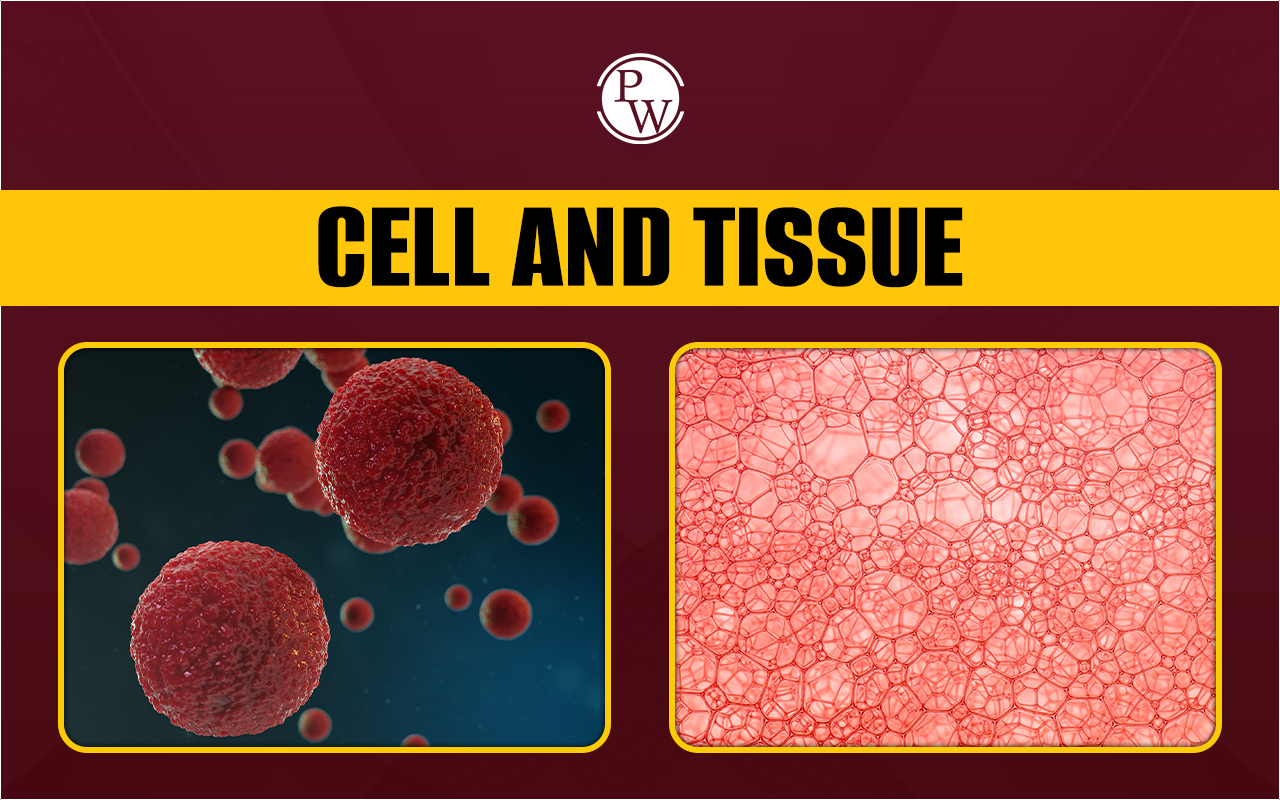Understanding Cells: The Building Blocks of Life
At the core of every living organism lies the cell, often referred to as the “building block” of life. These tiny, yet incredibly complex structures come in various shapes and sizes, all serving different functions. Regardless of the diversity, every cell shares certain essential components:- Cell Membrane : This outer layer serves as a protective barrier, controlling what enters and exits the cell.
- Cytoplasm : A jelly-like substance inside the cell where metabolic processes take place.
- Nucleus : Often considered the control center of the cell, the nucleus houses genetic material (DNA) that dictates the cell’s functions.
Also Check : Difference Between Cell and Tissue
The Concept of Tissues: When Cells Work Together
While cells are the individual units of life, they don’t work alone. They form tissues , which are groups of similar cells working in harmony to perform a specific function. The study of tissues is called histology, and it helps us understand how different tissues combine to create organs and organ systems. There are four main types of cell and tissue in animals:1. Epithelial Tissue Epithelial tissue serves as a protective layer, covering body surfaces and lining internal cavities. These tissues are tightly packed, with minimal extracellular matrix. Epithelial tissue can be classified into two main categories:
| Epithelial Tissue Type | Description | Cell Shape | Functions |
|---|---|---|---|
| Simple Epithelium | A single layer of cells, like those in the lungs | - | Protection, absorption, secretion, sensation |
| Stratified Epithelium | Multiple layers of cells, such as in the skin | - | Protection |
| Squamous Cells | Flat cells | Squamous (flat) | Protection, diffusion, filtration |
| Cuboidal Cells | Cube-shaped cells | Cuboidal (cube-shaped) | Absorption, secretion |
| Columnar Cells | Tall, column-like cells | Columnar (tall, column-like) | Secretion, absorption, protection |
- Loose Connective Tissue : Provides flexibility, such as in adipose tissue.
- Dense Connective Tissue : Offers strength and support, like tendons and ligaments.
- Specialized Connective Tissues : Includes blood, bone, and cartilage.
3. Muscle Tissue Muscle tissue is responsible for movement in the body. It is made up of three types of muscle fibers:
- Skeletal Muscle : Voluntary muscles attached to bones, with a striated appearance.
- Cardiac Muscle : Involuntary muscle found in the heart, also striated, designed for synchronized contractions.
- Smooth Muscle : Involuntary muscle found in the walls of hollow organs, such as the intestines, and lacks striations.
4. Nervous Tissue Nervous tissue is essential for communication throughout the body. It is made up of neurons (nerve cells) and glial cells (supporting cells). Neurons transmit electrical signals, enabling rapid communication between body parts. Nervous tissue coordinates bodily functions, controls voluntary movements, and processes sensory information.
How Cells and Tissues Work Together in Organ Systems
Tissues don’t function in isolation. They combine to form organs , each with a specific role in the body. For example, the heart is composed of:- Cardiac muscle tissue to pump blood.
- Connective tissue for structural support.
- Epithelial tissue lining the heart chambers.
- Nervous tissue to regulate the heartbeat.














